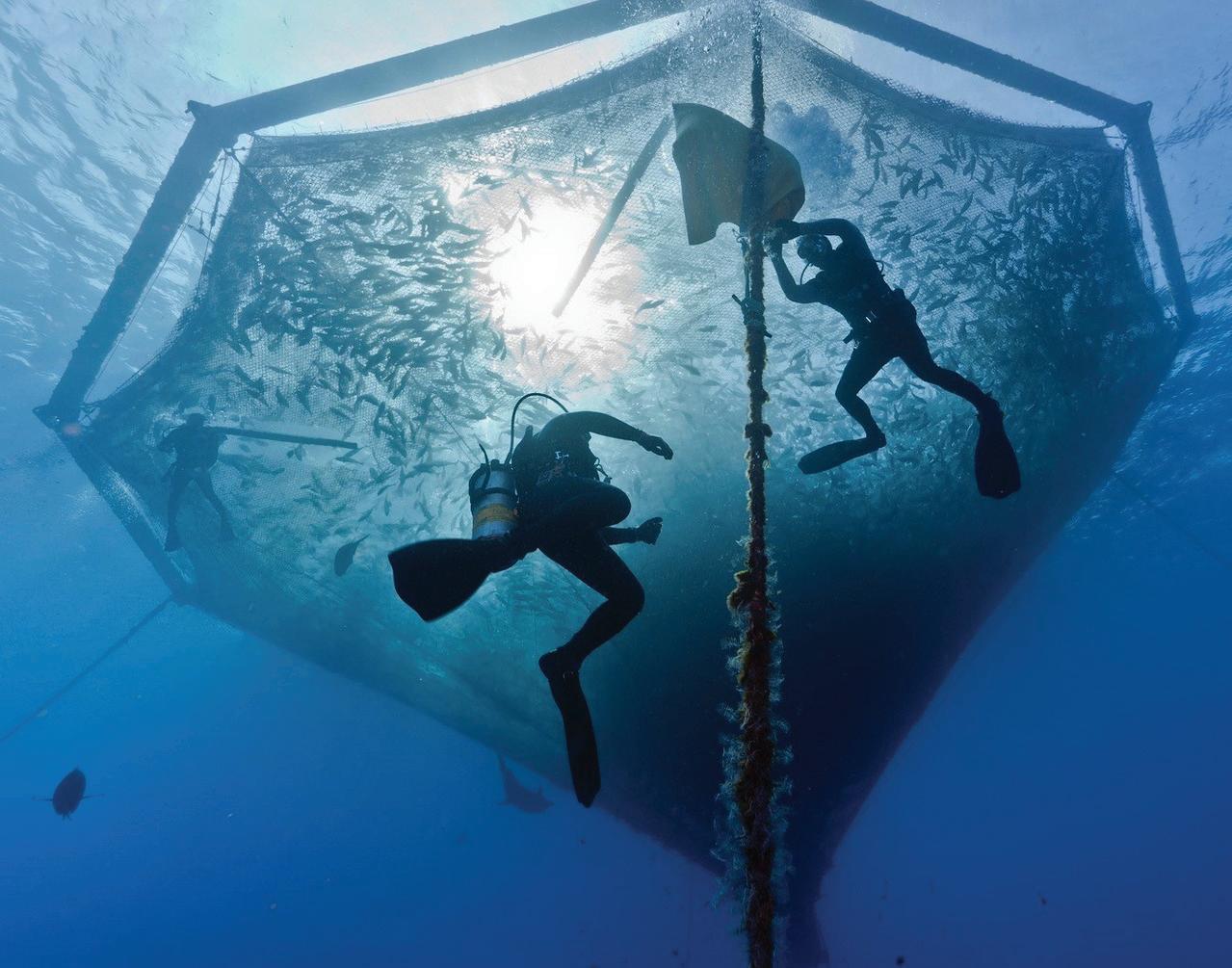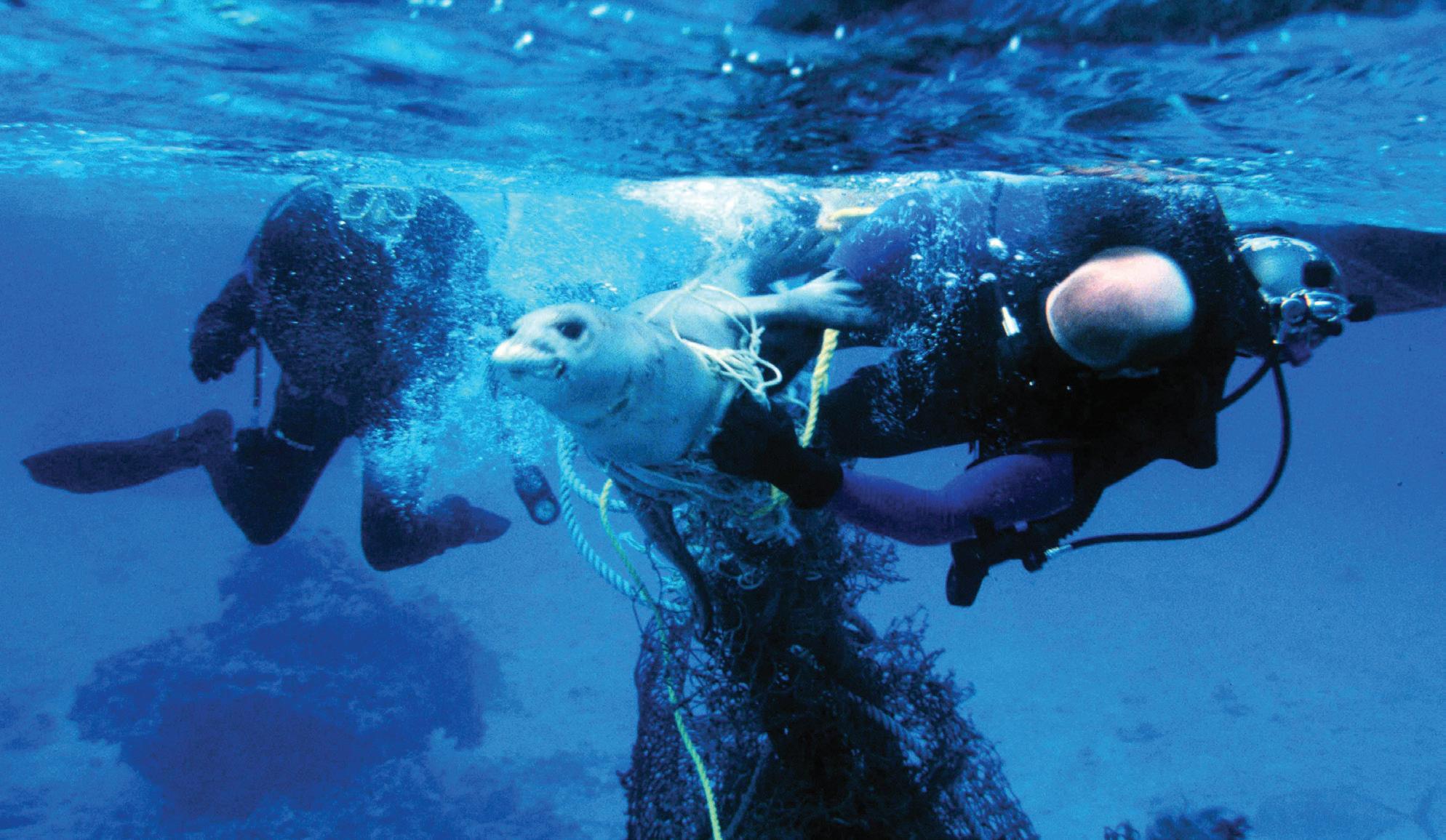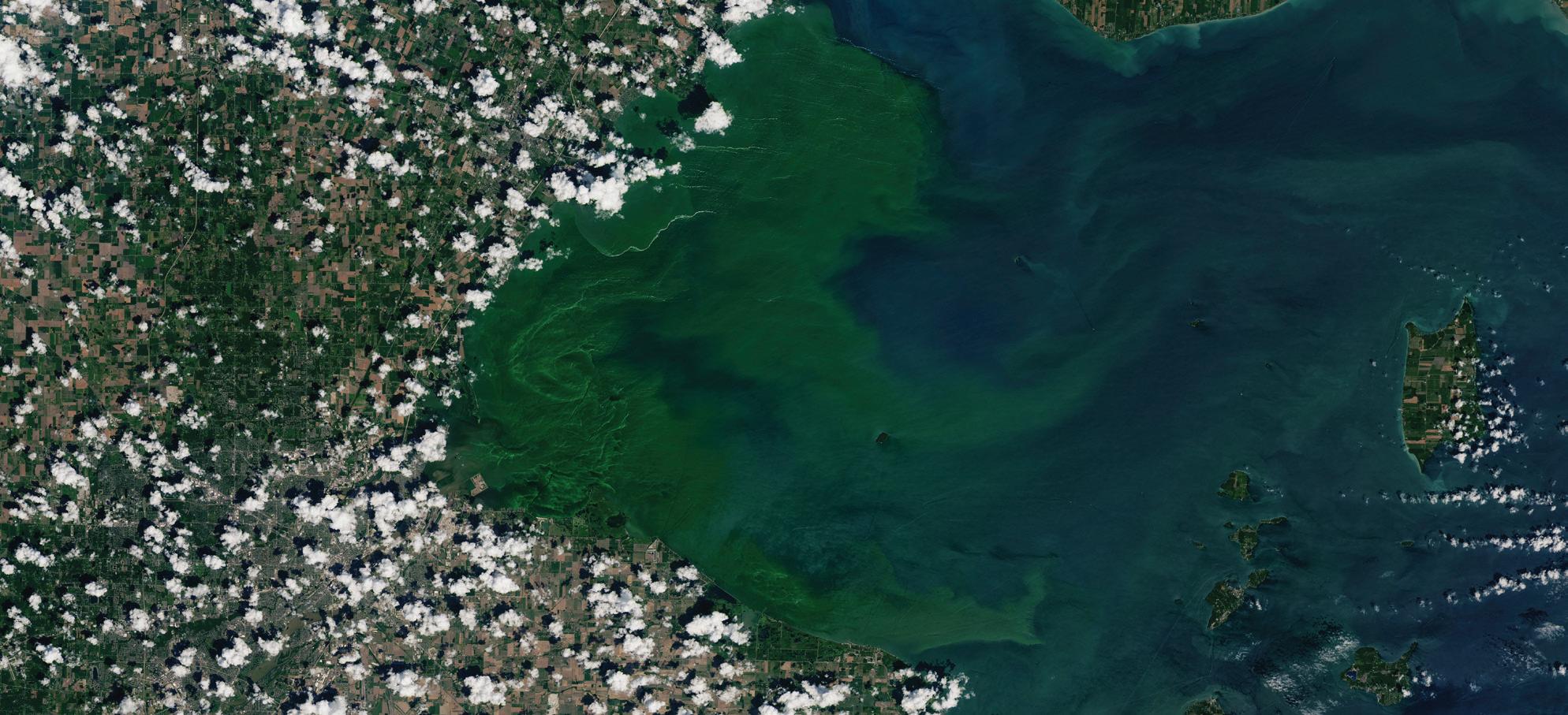INTERVIEW
Dr. Jane Lubchenco NOAA Administrator 2009-2013
Dr. Jane Lubchenco served as administrator of NOAA and Under
Secretary of Commerce for Oceans and Atmosphere from 2009 to 2013. After leaving NOAA, she was the Mimi and Peter Haas Distinguished Visitor in Public Service at Stanford University (March–June 2013). In June 2013, she returned to Oregon State University, where she was on the faculty prior to being invited by then President-Elect Barack Obama to serve on his “science team.” Her many awards include the MacArthur “genius” award in 1993, and more than 15 honorary degrees. In 2002, Discover magazine recognized Lubchenco as one of the 50 most important women in science.
2007
much more for less than $5 a day per American! You were in charge when the Deepwater Horizon disaster occurred. What were the immediate and longer-term impacts of the explosion and spill? The Deepwater Horizon oil spill disaster had a devastating impact on the people and economies of many communities along the Gulf coast. Scientists are still documenting the full ecological impacts, especially to longer-lives species such as sea turtles, dolphins, and tuna. It has been more than 20 years since you wrote “Entering the century of the environment: A new social contract for science.” Can you
Dr. Jane Lubchenco during her tenure as NOAA administrator, 2009-2013.
explain its message to scientists and do you think it has had the effect you had hoped for? Just over 20 years ago, I challenged scientists to be more useful to society by doing a better job of sharing their knowledge with citizens. I believe that scientific information should be readily available and understandable to nonscientists so they can use that
The Magnuson Stevens Act reauthorization is a game-changer in fisheries management and places the trajectory of U.S. fisheries on the path to global leadership.
132
NOAA PHOTO
What does NOAA provide to Americans that they might not be aware of? Dr. Jane Lubchenco: NOAA provides a wide range of services to Americans, from weather forecasts and warnings to fishery management in federal waters, from stewardship of marine mammals and turtles to data and understanding about climate change, from nautical charts to marine sanctuaries to space weather forecasts. NOAA employees work from the bottom of the sea to the surface of the sun. The theme that links all of this together is science. NOAA is a science agency – it uses state-of-theart science to deliver these services and stewardship. It’s an incredible bargain for Americans – all this and









































